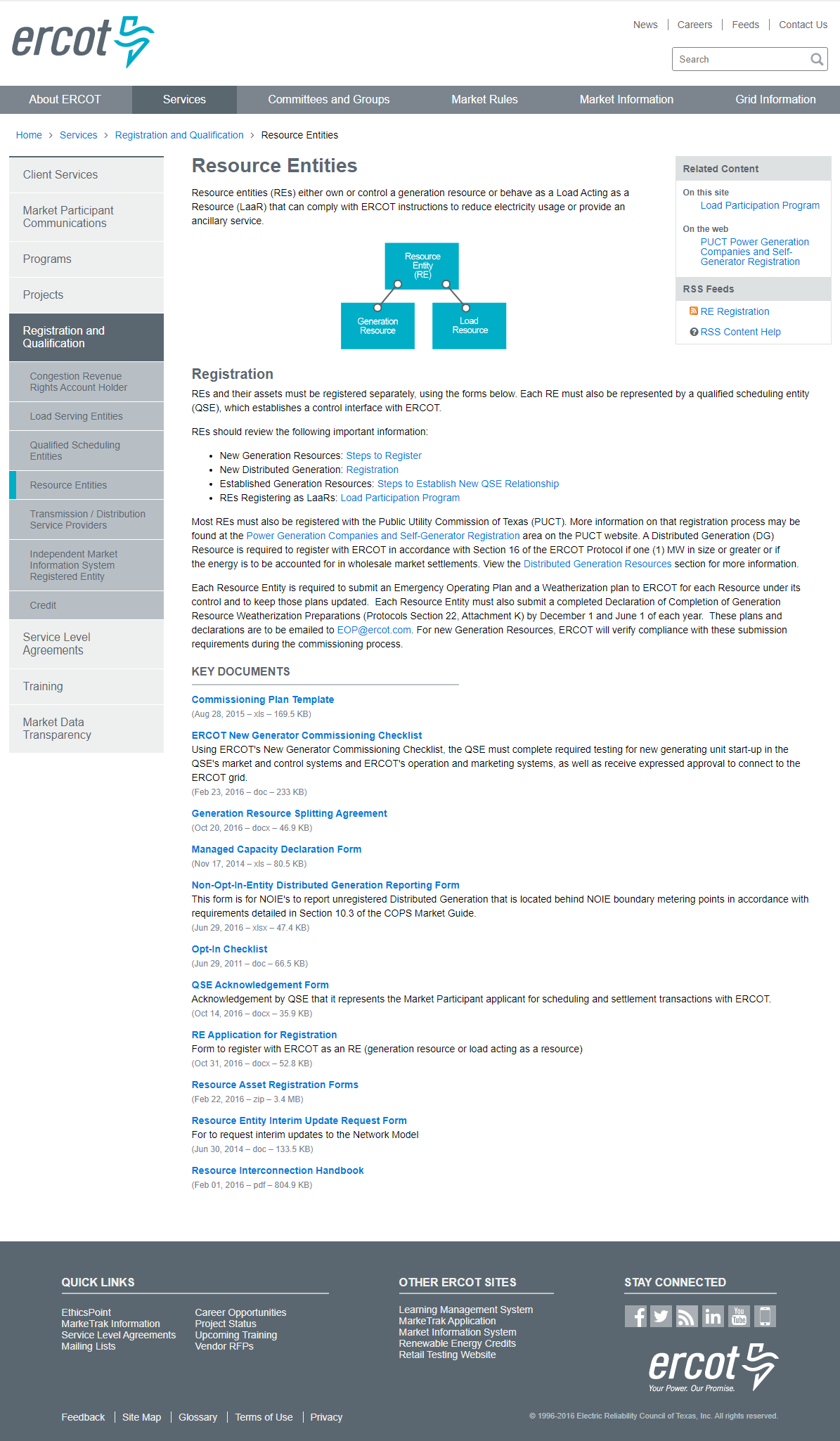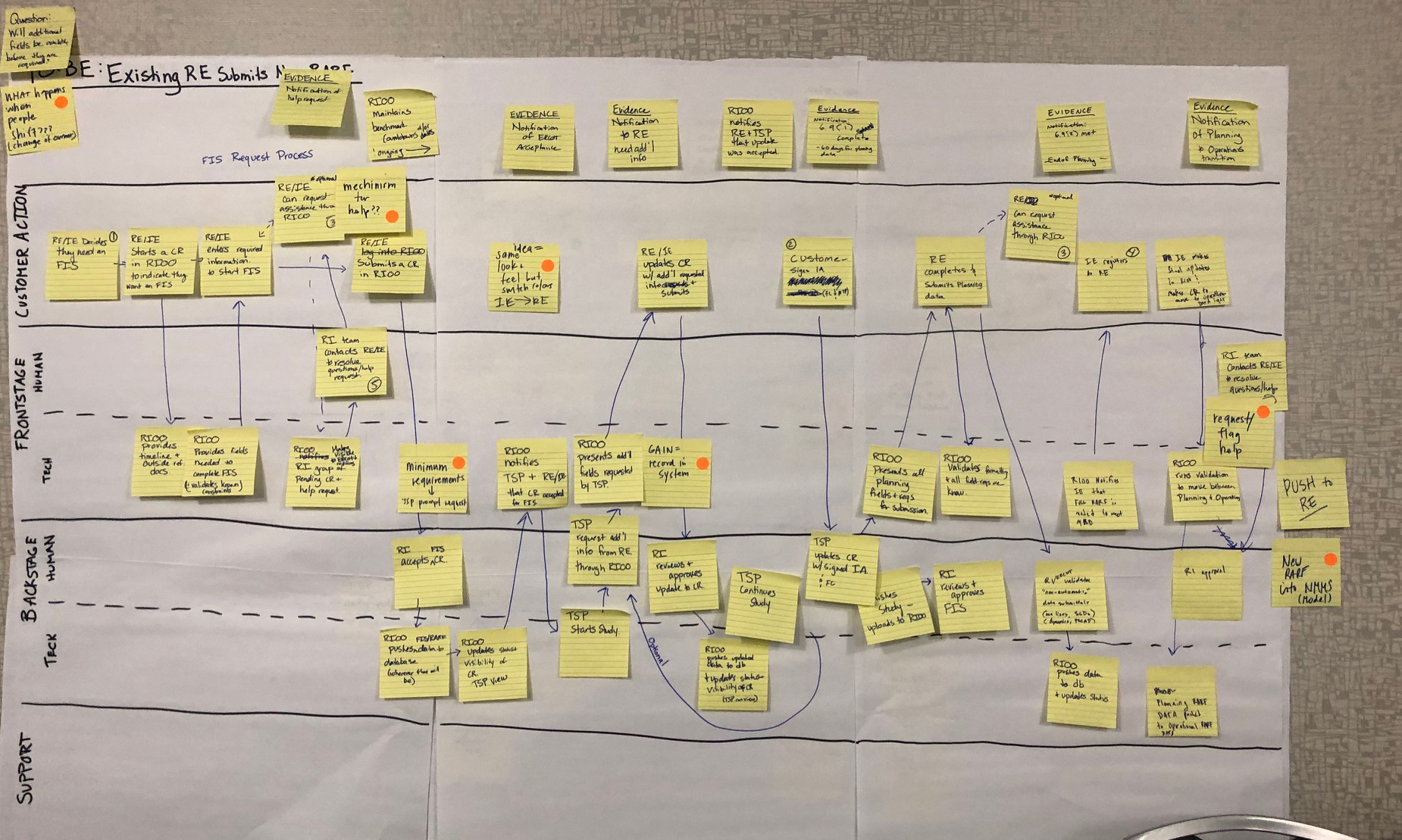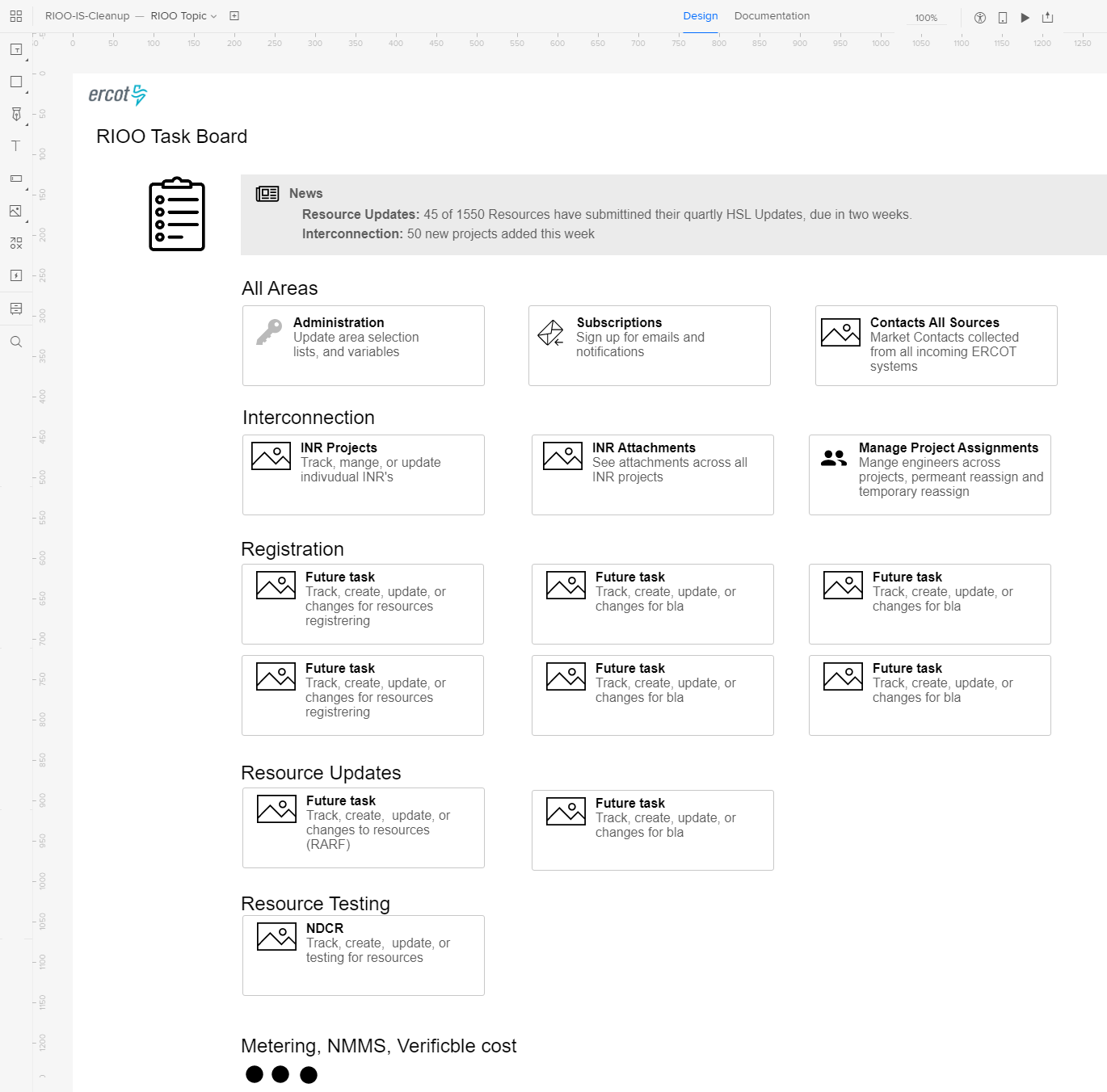Interconnection Services
Interconnection undergoes a digital transformation from spreadsheets to an experience.
- Working cross-functionally with several business departments, multiple end-users personas, and our UX design department, I am developing a new service for users who want to interconnect to the Texas power GRID.
- As the UX Design Lead, I am developing a customer experience to create a seamless journey across, mobile to desktop devices, internal and external processes, and adhering to legal binding protocols.
- Interconnection Service brought our user community from a paper, spreadsheet, and email out of date service to an innovative online customer experience. This new-to-market product saves everyone money, time, and effort!










